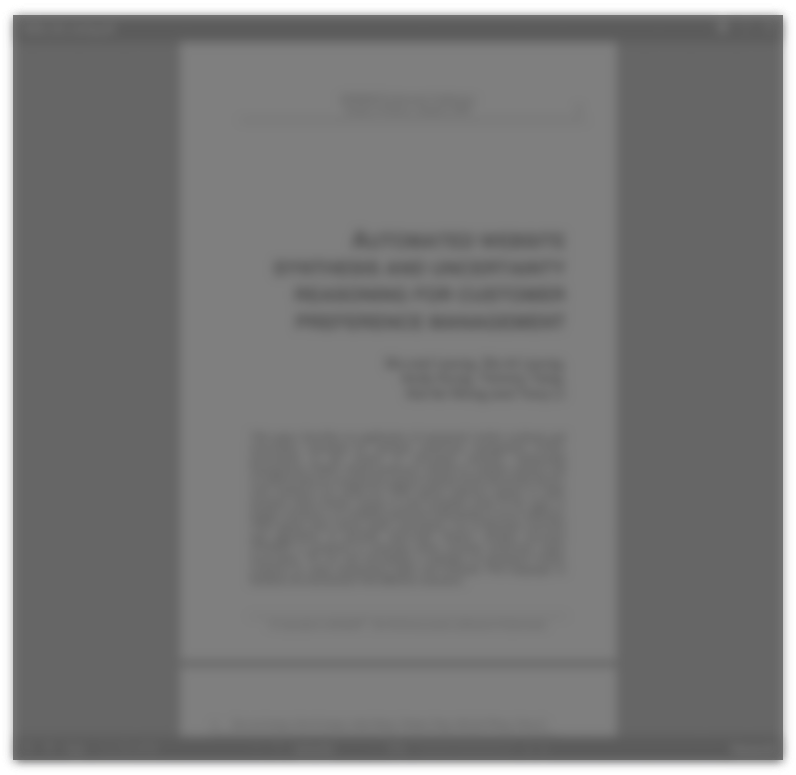Abstract:
Market segmentation is a way of solving problems of mass marketing. All kind of segmentations and typologies have become more and more popular. If these are to be useful, they must assist to understanding of consuming habits of target groups. At the same time they have to move with the changing world around us. Too rigid segments are not compatible with the target market and if they are too flexible they are useless. My presentation is based on the information gathered by Marketing Radar Ltd in Finland. Marketing Radar has analysed social change since 1975 by carrying out attitude and value surveys. The Monitor-typology was invented as some kind of by-product as we wrote the 1987 Report on Social Change. The big idea came when we started to look at social change in three dimensions: -a shift towards inner-directed thinking -oscillation between individualism and collectivism -the human factor. We used these to build a five class typology from our data. The typology appeared to be a nice tool when analysing different consumer groups. The increasing demand for individualisation was evident but we did not worry about that, because based the typology on values. In this presentation I analyse the problem from the view point of value based segmentation. Is it possible to use segmentation when you are marketing to a very individualistic target group. Are four or five segments enough to cover all the individual nuances? How the typology is able to "live" with the time. How this kind of segmentation could help in understanding the markets, when it is evident that individualisation is increasing all the time. I will concentrate first on talking about some problems and difficulties I have faced in building and using typologies. Then I will illustrate briefly one example of a value-based segmentation and give some examples of changing consuming orientations. My basic argument is that when we are dealing with individualistic target groups segmentations must be based to something deeper than just habits. Habits can change very easily and even in a stochastic way because of market dynamics, values are more stable,.







